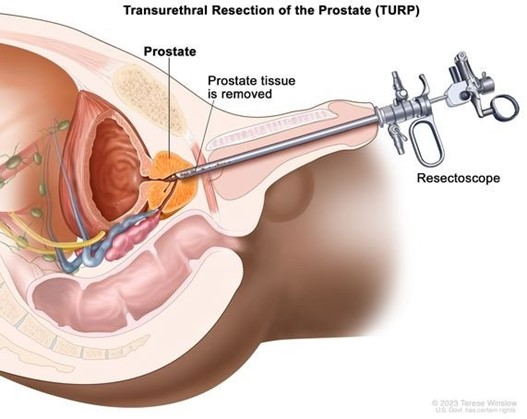A nurse is assisting with the admission of an older adult client who has impaired mobility and is at risk for falls. Which of the following actions should the nurse plan to perform first?
Check the client's ability to use the call light.
Document the client's risk in the medical record.
Request a referral for physical therapy
Place a gait belt in the client's room.
The Correct Answer is A
The first action the nurse should plan to perform is to check the client's ability to use the call light. This is essential to ensure that the client can easily communicate with the healthcare team if they need assistance or experience a fall risk situation. By confirming the client's ability to use the call light, the nurse can address any potential communication barriers and ensure that the client has a means to request help promptly.
Explanation for the other options:
b) Document the client's risk in the medical record: While documenting the client's risk in the medical record is important, it is not the first action to be taken. Ensuring the client's immediate safety and ability to request assistance is the priority.
c) Request a referral for physical therapy: Referring the client for physical therapy may be a necessary step to address their impaired mobility and reduce fall risk, but it is not the first action to be performed. Assessing their ability to use the call light takes precedence in order to address immediate safety concerns.
d) Place a gait belt in the client's room: Providing a gait belt is a measure to assist with mobility and falls prevention. However, it should not be the first action. Checking the client's ability to use the call light is more critical to ensure their immediate safety and ability to request help.
Nursing Test Bank
Naxlex Comprehensive Predictor Exams
Related Questions
Correct Answer is B
Explanation
b. "I should join a support group to help me be successful."
The statement that indicates an understanding of smoking cessation teaching is option b: "I should join a support group to help me be successful." Joining a support group is a beneficial strategy for quitting smoking as it provides social support, encouragement, and shared experiences with others who are also trying to quit.
Option a is incorrect because using nicotine patches does not allow for continued smoking as it delivers nicotine without the harmful effects of smoking.
Option c is incorrect because nicotine replacement therapy (NRT) is a safe and effective method to manage nicotine withdrawal and does not cause cancer.
Option d is incorrect because varenicline is a medication that helps reduce nicotine cravings and withdrawal symptoms, and it does not make a person addicted to nicotine.
Correct Answer is ["A","B","C"]
Explanation
The correct answers are a. Document urine color, b. Monitor the client for reports of bladder spasms, and
c. Check the drainage tubing for obstructions.
a. Documenting urine color is important to monitor for any changes that may indicate complications or issues with the bladder irrigation. It helps identify any bleeding or clot formation.
b. Monitoring the client for reports of bladder spasms is crucial as bladder spasms can indicate irritation or obstruction in the urinary system. Prompt intervention can be provided to alleviate discomfort and prevent complications.
c. Checking the drainage tubing for obstructions is essential to ensure proper flow of the bladder irrigation solution. Obstructions in the tubing can lead to inadequate irrigation, which can affect the effectiveness of the procedure and potentially lead to complications.
d. Maintaining the client in a left side-lying position is not specifically indicated for continuous bladder irrigation after a transurethral resection of the prostate. The client's position should be based on their comfort and overall condition, and there is no specific requirement for a left side-lying position in this context.
e. Using clean technique for intermitent irrigation is not appropriate for continuous bladder irrigation. Continuous bladder irrigation requires aseptic technique to reduce the risk of infection and contamination.
By performing these actions, the nurse ensures proper monitoring, documentation, and maintenance of the bladder irrigation system, promoting the client's safety and well-being.

Whether you are a student looking to ace your exams or a practicing nurse seeking to enhance your expertise , our nursing education contents will empower you with the confidence and competence to make a difference in the lives of patients and become a respected leader in the healthcare field.
Visit Naxlex, invest in your future and unlock endless possibilities with our unparalleled nursing education contents today
Report Wrong Answer on the Current Question
Do you disagree with the answer? If yes, what is your expected answer? Explain.
Kindly be descriptive with the issue you are facing.
